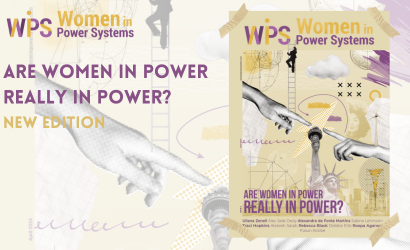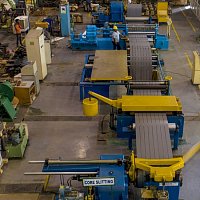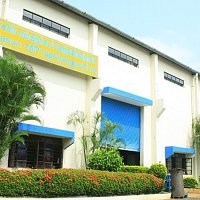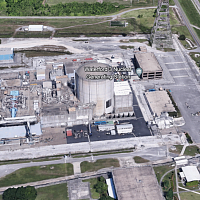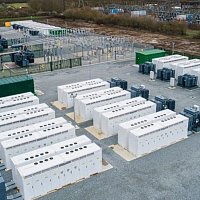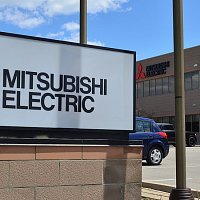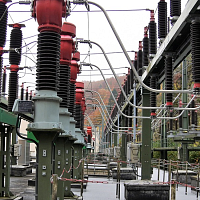
Interview with Javiera McGuiggan
Global Business Leader at Cargill
We are changing the world, one transformer at a time.
Javiera McGuiggan is a hydraulic engineer, fluid expert and Global Business Leader in Cargill’s bioindustrial business, passionate about the optimal more sustainable solutions for transformer fluids. In her interview with Transformer Technology, Javiera shares insights on the bioindustrial market and her views on the present and future of alternative transformer fluids as well as Cargill’s efforts to bring the optimal biodegradable insulating solutions.
Alan Ross
Javiera, you are the Cargill’s global business leader for the bioindustrial market, including the biodegradable FR3® fluid. Could you tell us about the department’s mission with transformer fluids?
Javiera McGuiggan
The main mission is to take products that are either chemicals, that are not necessarily good for the world or they are petroleum-based solutions for industrial purposes, and change them into renewable bio-based solutions. I run one of the product lines in this group, but it is a broader group, with lines in consumer and other industries.
AR
One of the things we realized is the importance of sustainability. Safety and environmental health are becoming a big area, but alternative transformer fluids are still not widely accepted and there is need for more and better information. I want to talk about different industry segments. We know there is a safety issue about using FR3 fluid compared to using any mineral oil. What can you tell us about the overall cost and safety, as we see that more and more people justify the cost because of a safety issue?
JM
This goes to my point that people are not seeing the broader picture of the impact that using this fluid can have. It’s not just an ingredient in the transformer. It can literally change the way transformer owners do their operations and the way they manage their assets. It is influencing their overall peace of mind with the reliability of the grid, the safety and the protection of the environment. It can also strongly influence financial returns in terms of asset management, performance quality, the cost-reduction of maintenance and the asset longevity.

There’s a broad set of impacts that people forget to put into the equation. That is why we do a lot of education on understanding the broader picture in reliability.
AR
In reliability, we focus on the total cost of ownership as opposed to the cost of an asset. What is the advantage of FR3 fluid for a total cost of ownership? Does it last longer? Is it less damaging?
JM
There are two things that directly impact the long-term value equation. The main one is a property inherent to the fluid related to its behavior with water. If there is excess water in a transformer, which is generated by moisture because of usage and environmental conditions, FR3 fluid will grab that water and take it away from the paper, the solid insulation. To put it that way, transformers end up dying when the solid paper insulation dies. If you take away that moisture and the liquid takes care of it, it is protecting the paper and naturally extending the life of the asset. Depending on the size of the transformer and the type of paper used, the paper’s life is extended by five to eight times. That is the first advantage, something very basic that most people aren’t familiar with.
We have never had a reported fire in a transformer using FR3® fluid. Even if it fails, there wouldn’t be an explosion or a fire.
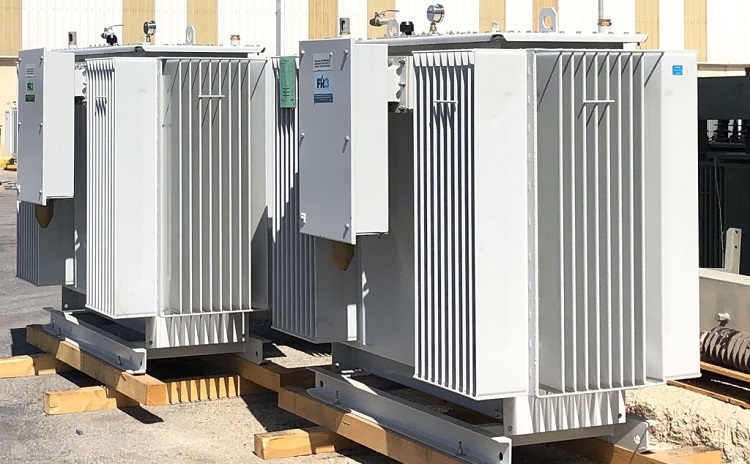
Once someone told me “I hate your fluid because when I have a mineral oil transformer, I open it and I immediately know what's going on with it just by looking at it.” And my response was “Yes, that’s because mineral oil kind of burns and it’s nasty after a couple of years. You know exactly what it's been through.”
Our fluid doesn’t. We have had transformers literally working for 25 years, and, when you open them, the fluid is almost as new. Therefore, there is much less maintenance required to refresh and put additives in. Just even for inspection, there should be significant changes in maintenance.
And the advantage that surprised me the most is related to understanding the possibility of your flexible loading capability, and that is that you can run your transformers a little hotter and then get some more power out of them. People don't realize that a large utilities, for example, can save huge amounts of money just by inventory management. You don't have to have every size of transformer. You can skip a size and don't have to have the whole set of inventory just in case there is a storm, or for every different unit have all the little parts and pieces that go with it. That way your inventory can be much more efficiently managed. And, of course, there are many financial benefits of using FR3 fluid.
AR
You mentioned moisture, and you are absolutely right – the life of the transformer is the life of the paper. I call it a wicking propensity that FR3 fluid has. For those among us who are not chemists – what happens to the moisture?
JM
Briefly, there is a chemical reaction with the dielectric fluid that, so to speak, disintegrates the water and separates it into its two components. That way the water doesn’t stay trapped in the transformer, but it decomposes into oxygen and hydrogen, becoming neutral and has no negative effects.
AR
I was once involved with a company that had six transformers located on a river running through the city – two primaries, three secondaries and one tertiary. The city decided to turn the area into a tourist destination, and the company was asked to relocate because their mineral oil-filled transformers posed an environmental risk. It was a multi-million-dollar deal and a great publicity problem for the company. They solved it by retrofilling the transformers with a biodegradable fluid, and later relocating their facility. What can you tell us about the environmental impact of using biodegradable fluids?
There is no limit on the size of the unit when it comes to using FR3® fluid. My team has even come up with a fun challenge about who is getting to work on the biggest transformer.
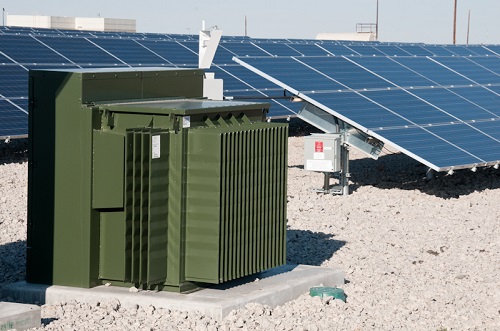
JM
The beauty of the whole picture is that using biodegradable fluids is the smartest choice, not just because of safety concerns, but also because you don’t have to compromise. You don’t have to spend more money to take care of the planet and have all the other benefits. When you look at the total cost, it is actually saving money. It is an initial transformation, but you are not really compromising, you are making the smartest choice. This goes back to my point about educating people who are scared and have not tried this before – that is one of our main goals.
AR
In the case of a leak, there is an environmental risk because mineral oil is considered a hazardous material.
JM
Because of the lower viscosity, mineral oil could get to the waterbed very quickly.
AR
When we speak of environmental hazard, we mean a hazard from a leak. And leaks in transformers are much more prevalent than a catastrophic failure. Every year we hear of some transformer explosion and when they blow up, they're like bombs, particularly bushing explosions.
JM
Apart from the environmental issue, another hidden cost that people forget about is their corporate image, how the community sees your company. I am sure it is hard to put a price on your peace of mind before you have had an accident or before you have had a spill or a fatal fire. Because it isn’t fire. It is a literal explosion when a transformer fails, and it keeps burning until all the oil is gone. This peace of mind is like insurance. It is just hard to get people to understand it until sometimes it is too late. And that is part of our education journey, letting people understand how you might be ignoring this or not seeing it because it is inconvenient, and you are naturally scared. People are just scared of change. Overall, it is a natural thing for people to think “If I don't do a big change in my job, if I don’t put my neck out, I shouldn't get fired” rather than have the vision of “I should be the one pushing for this because I want the future to be better.”
We have never had a reported fire in a transformer using FR3 fluid. It can fail, but this wouldn’t result in explosion or fire.
AR
I would like you to address a criticism. FR3 fluid started with smaller transformers, and some people think that the higher up you go in terms of the power of the transformer, the less likely it is that FR3 fluid is available.
How high do you go? What size of transformer is your limit for FR3 fluid?
JM
Thank you, because this is a very good question. We started focusing on distribution transformers exactly because companies were driven by the fear of change. Distribution transformers are smaller, you change them more frequently, less cost is involved if anything goes wrong, and that is why this was our first window into this change. But FR3 fluid can be used in any size of transformer. There is no limitation for the use of the fluid related to the kV rating or any other aspect of the transformers. So, there is no limit. My team is almost in an internal competition about who has worked on the biggest transformer lately – it was China, then it was Brazil, etc. It is a fun challenge to see who is getting the largest transformer, but there is no limit. In fact, the larger the transformer, the greater the financial benefits you get because you are extending the life of this giant asset that you can expect to last longer.
One of our main goals is to educate people who are scared about using alternative fluids on why this is the smartest choice.
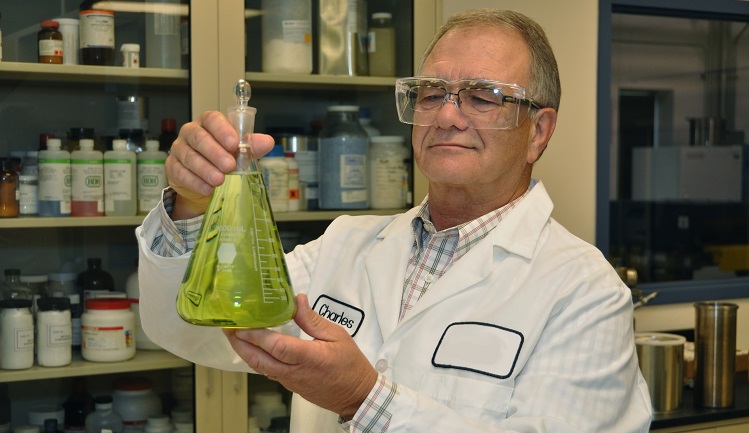
AR
I believe we have just dispelled the myth about bio fluids. We have hit many reasons why FR3 fluid is a growing choice for a lot of people. If somebody is looking to make the change, especially those that are looking to retrofill their transformers or buy transformers with alternative fluids, how does your team help them?
JM
We offer a lot of information, and we especially help in cases of retrofills. That is when people worry that their asset might fail and they want a warranty that the fluid won’t cause any damage. We help them every step of the way – we help them understand the current status of the transformers they want to retrofill, recommend the best partners that we have to do the work, and we are present to do the change if they want to make sure that everything was done correctly. We perform trials, if you have many units that you want to retrofill, and you want to just start with one for your own peace of mind. So, we grab people's hand to go through that journey.
AR
Excellent. Well, we grab hands with you, we appreciate it, and we will be following the journey of biodegradable fluids in the industry.
JM
Thank you. It is a really fantastic mission we are doing. Our main focus is to keep growing, building plants everywhere so that these biodegradable solutions are accessible to everyone, and no one is missing out on understanding what this can do for them. We are changing the world, one transformer at a time. (laughs)
AR
That is brilliant! Thank you so much for joining us, Javiera, and for sharing your knowledge and your enthusiasm.
JM
Thank you for inviting me.






